[LUM#20] On Earth as in space
When our muscles are used less, they eventually lose their fitness. To better support astronauts who experience this phenomenon after a long stay in space, specialists are proposing innovative study protocols.
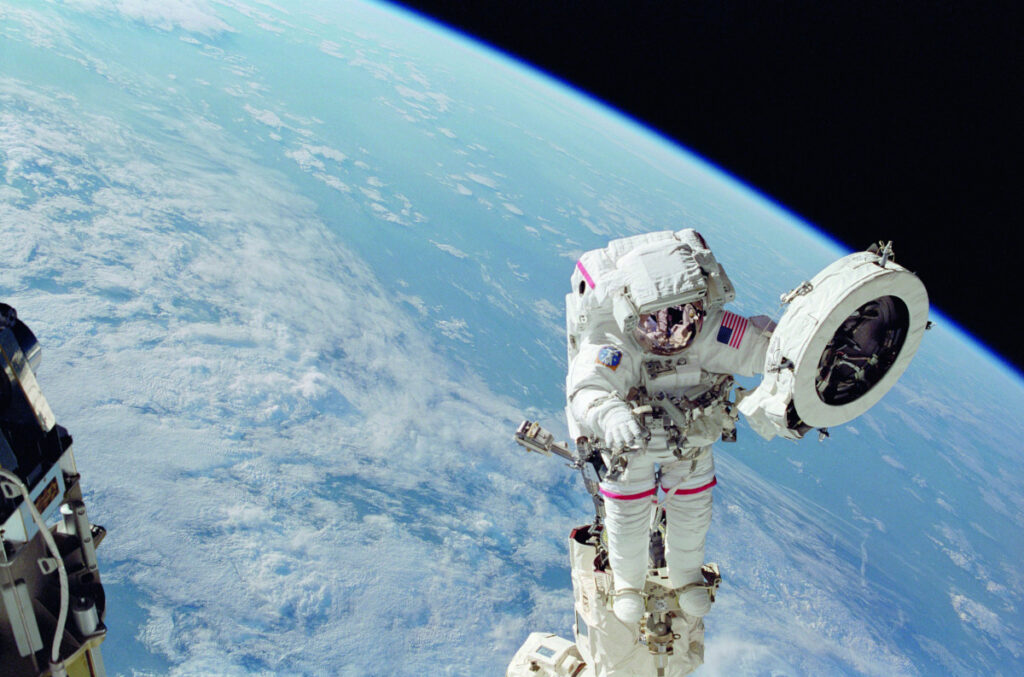
Walking, running, jumping, but also simply sitting or standing—under normal circumstances, our muscles are used all day long. "The simple act of resisting Earth's gravity requires us to mobilize our muscular system," explains Angèle Chopard, a researcher at the Muscle Dynamics and Metabolism Laboratory1. But what happens to astronauts who are subjected to a microgravity environment? "Their muscles are used much less, especially their postural muscles, and this form of inactivity leads to general deconditioning, particularly of the musculoskeletal system, which mainly manifests itself in the muscles as a loss of strength, muscle cell atrophy, and increased fatigue," replies the researcher.
To better study this phenomenon, Angèle Chopard and her colleagues, Guillaume Py and Thomas Brioche, have access to microgravity simulation experiments on the ground, using two protocols developed by space agencies to reproduce on Earth the microgravity conditions faced by astronauts. The first consists of prolonged bed rest, with a 6-degree downward slope, "in order to mimic the increase in fluid return to the head in microgravity," explains the specialist. For the second protocol, called "dry immersion," volunteers are immersed in a water bath from which they are completely isolated by plastic sheets. "This flotation model causes faster deconditioning, about three times more than simple bed rest."
While their guinea pigs patiently endure the ordeal, the researchers subject them to tests and biological samples designed to measure their bodies' responses. "For us, the aim of these studies is to determine how best to prevent muscle deconditioning, not only for astronauts but also for patients who are confined to bed for long periods of time, those who have a joint immobilized, and people who are chronically inactive," says Angèle Chopard.
In terms of prevention, physical activity remains the most effective measure. "It is the best countermeasure for muscle deconditioning, but it must be adapted to spatial conditions and combined with nutritional supplements, for example."
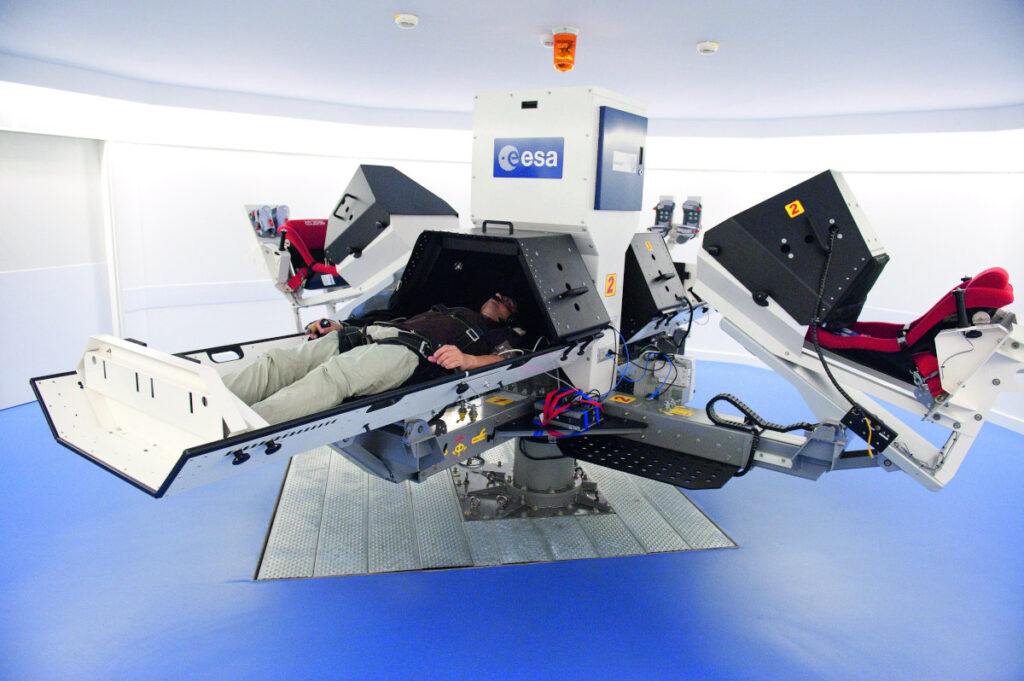
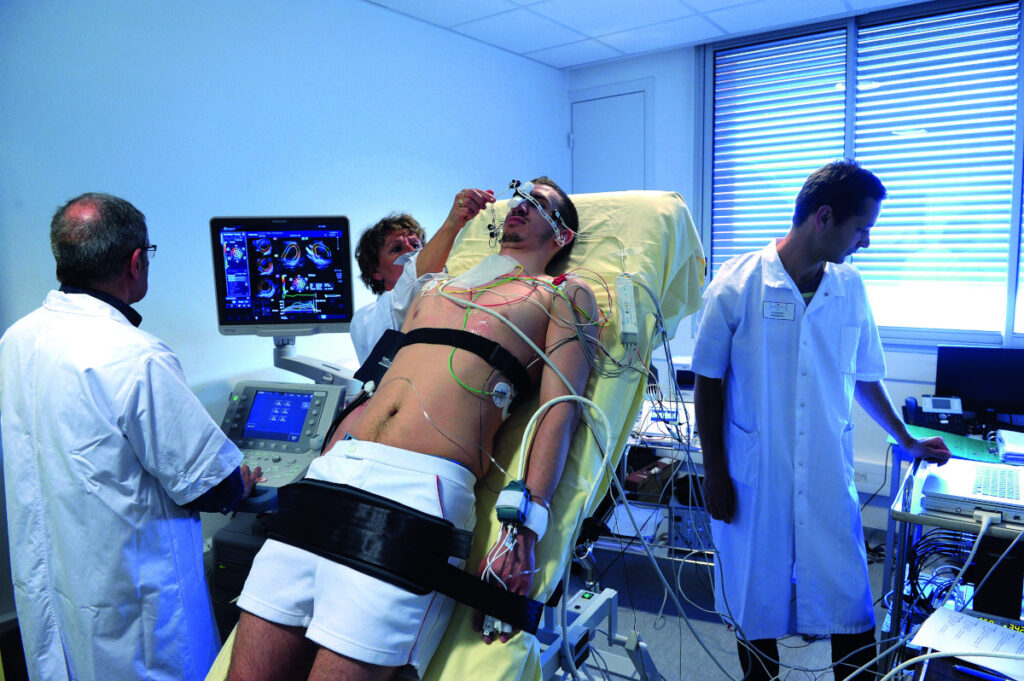
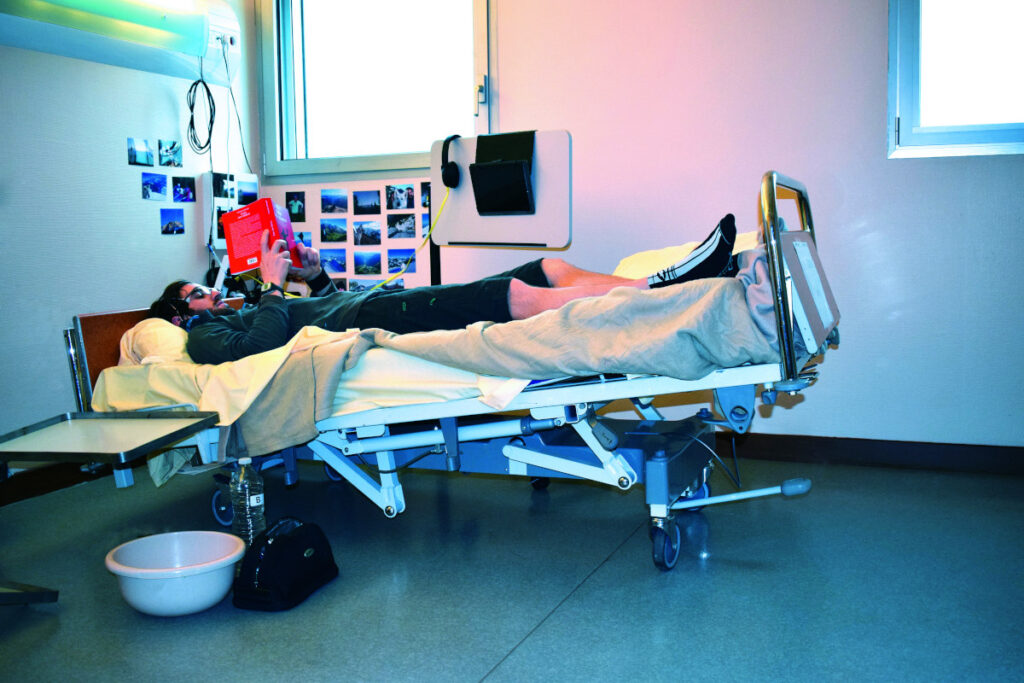
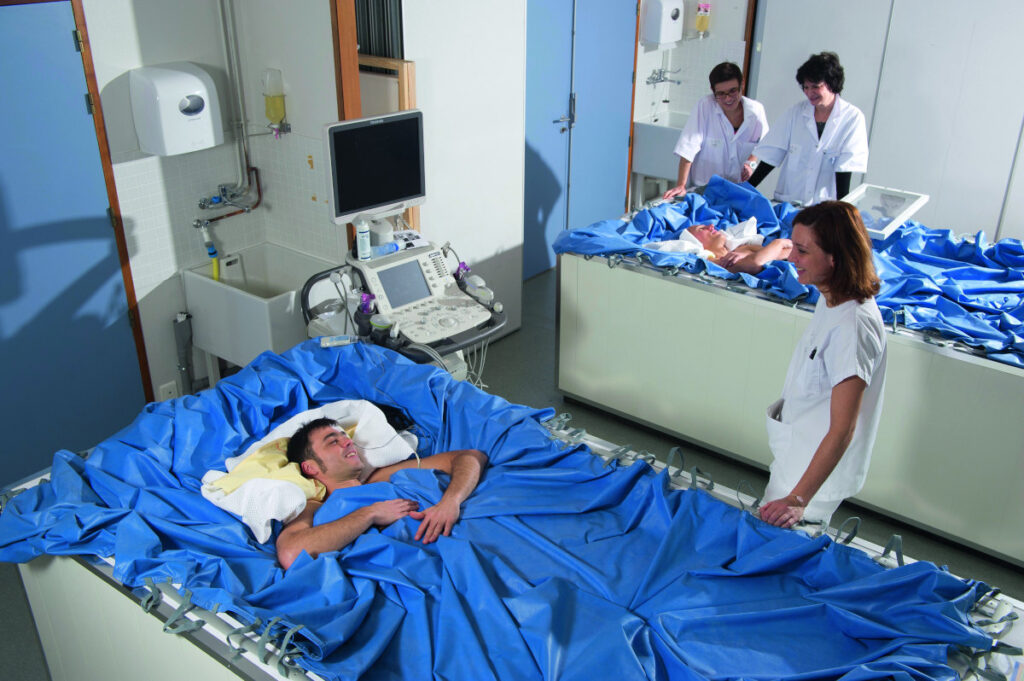
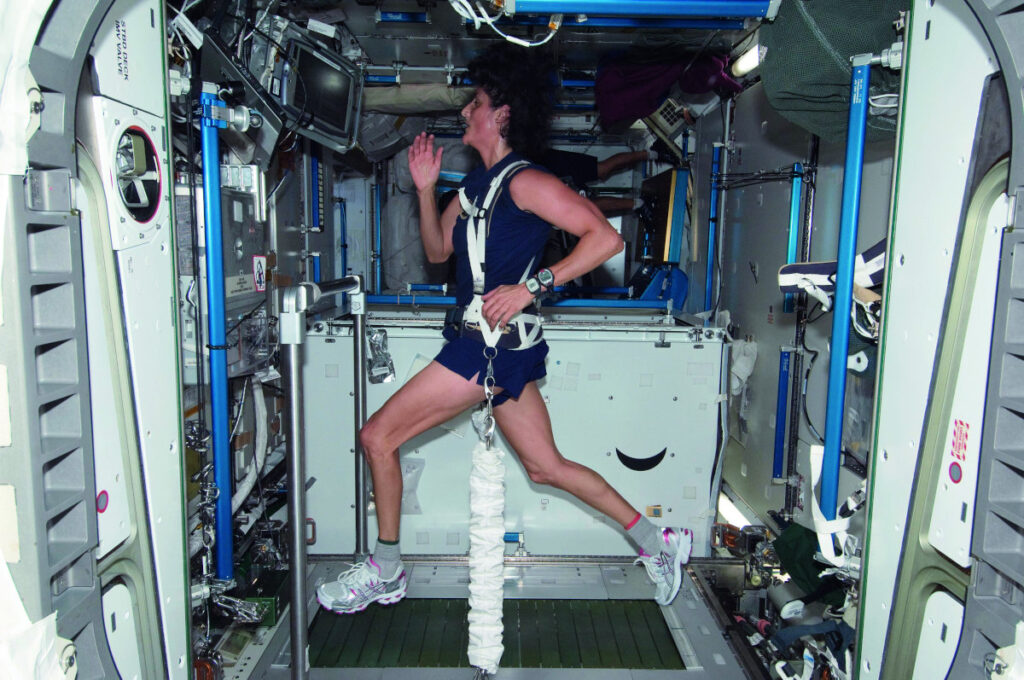
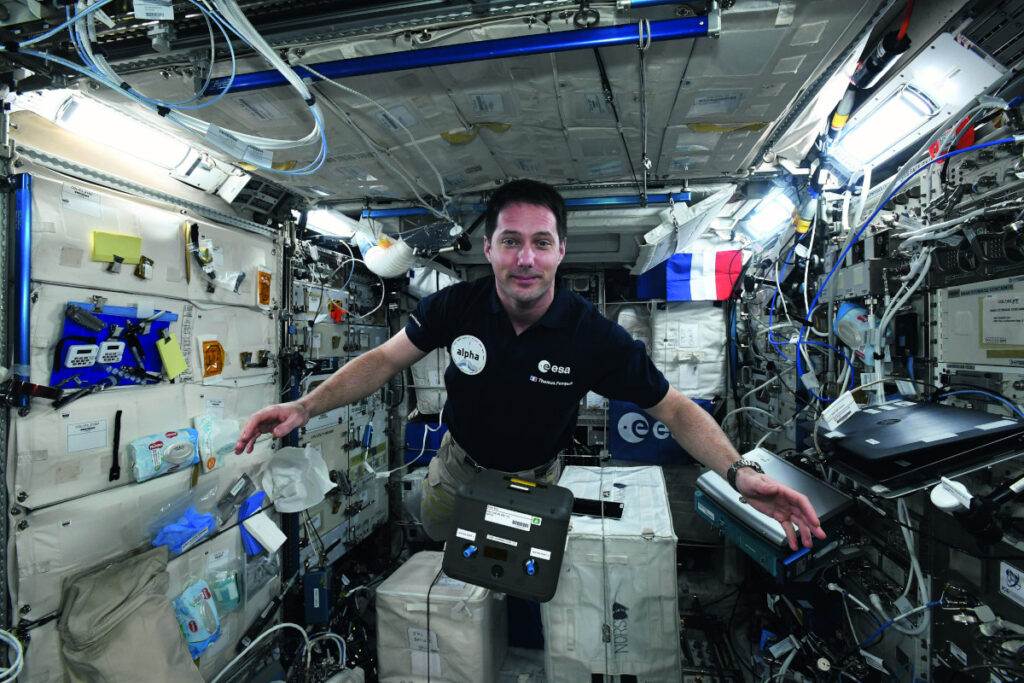
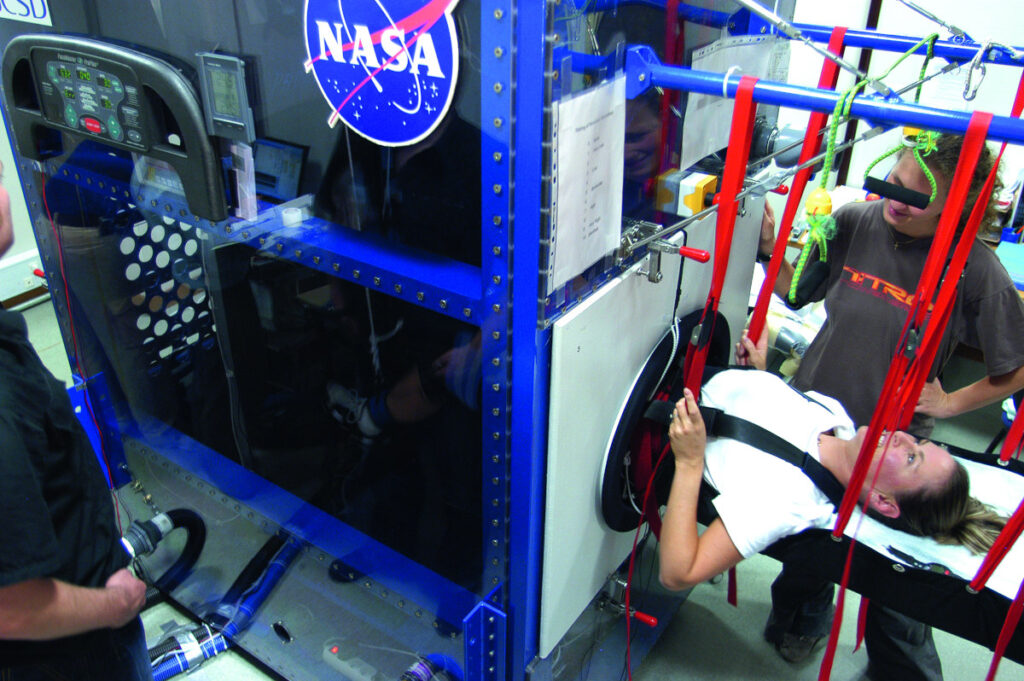
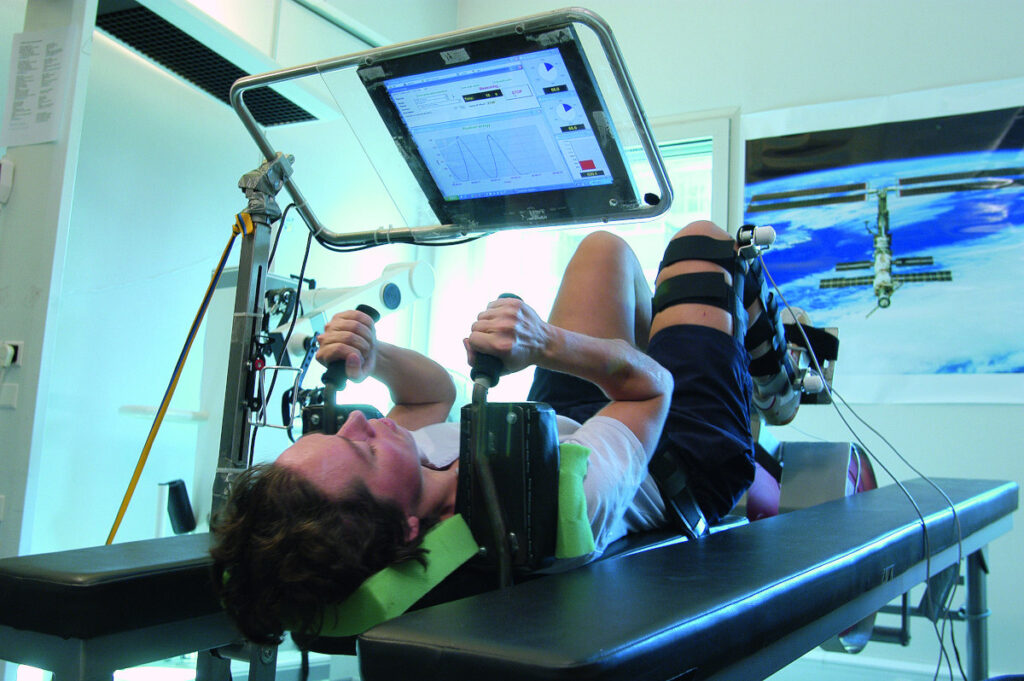
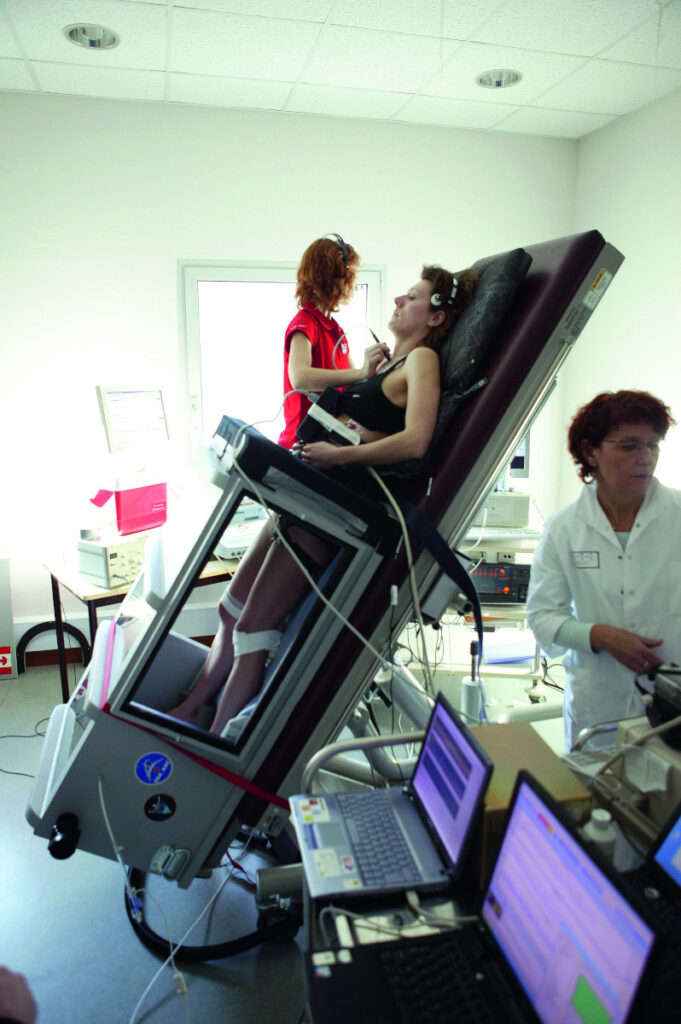
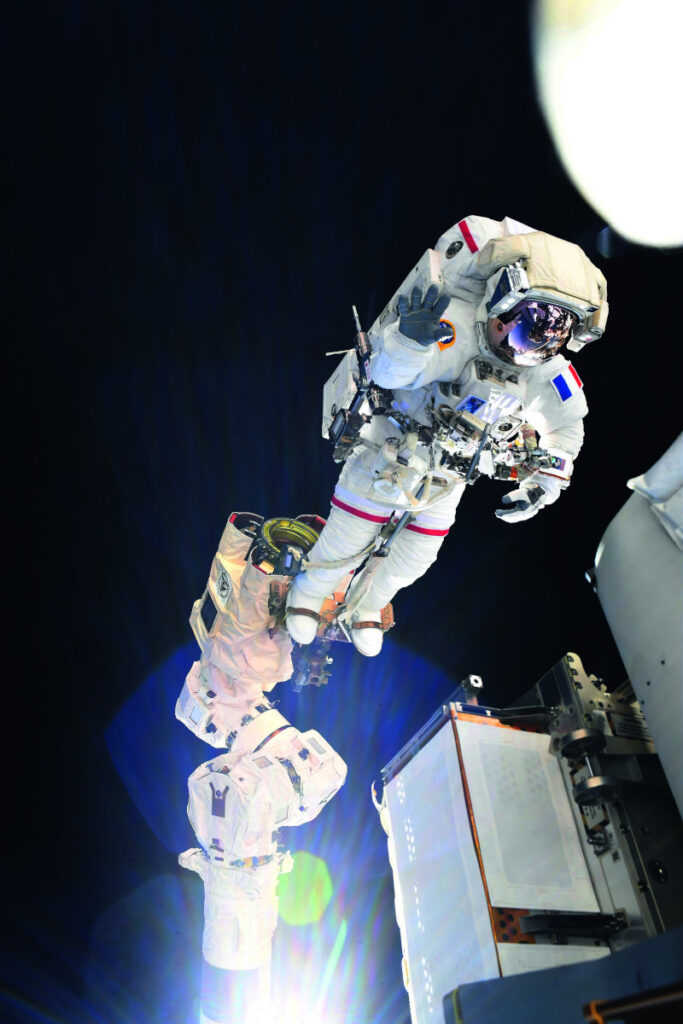
Find UM podcasts now available on your favorite platform (Spotify, Deezer, Apple Podcasts, Amazon Music, etc.).
- DMEM (UM, INRAE)
↩︎